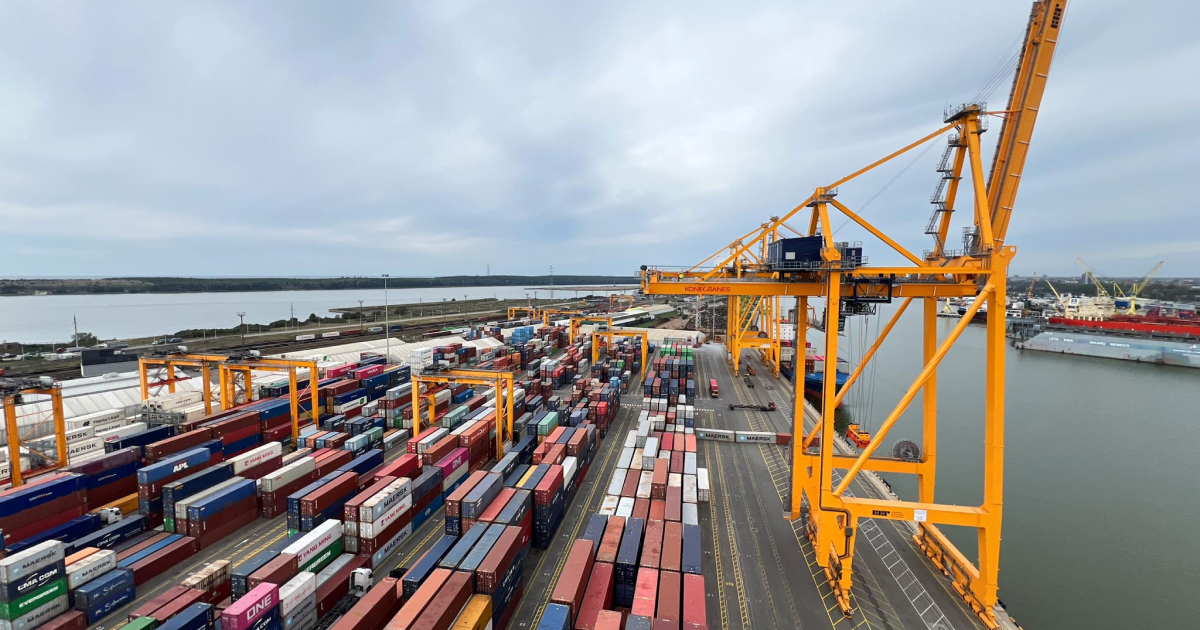
News Infrastructure Lithuania 1574 02 October 2024
Positive dynamics are the result of increased transshipment of building materials, iron, steel, scrap and timber
In January-August 2024, the Lithuanian seaport of Klaipeda increased cargo transshipment by 5% compared to the same period in 2023 – up to 22.3 million tons. This is reported by the CFTS.
The positive dynamics is the result of an increase in the transshipment of rolled cargo, building materials, iron, steel, scrap and timber.
General cargo in the reporting period amounted to 11.74 million tons (+9% y/y). At the same time, the volume of ro-ro cargo, ferrous steel products, steel structures, and timber increased, while the volume of refrigerated cargo and containers decreased.
In January-August, the port handled 6.2 million tons of bulk cargo (+12% y/y). This segment consists mainly of agricultural products and construction materials. The growth was driven by an increase in the volume of construction materials, scrap metal and grain.
Liquid bulk cargo, namely petroleum products, liquefied natural gas, and oils, was handled by 12% less over 8 months than in the same period last year. Their volume amounted to 4.4 million tons. The total turnover of liquid bulk carriers was driven by an increase in the tonnage of liquid fertilizers, oils, and raw sugar, while the volume of oil products and liquefied natural gas decreased.
In January-August, the number of vessel calls to the port of Klaipeda amounted to 3,719 thousand units.
The Port of Klaipeda has been a leader in the Baltic region for many years. Thus, the cargo turnover of the Port of Riga for 8 months of 2024 amounted to 11.5 million tons (-7% y/y), Ventspils – 5.12 million tons (-29% y/y), and Liepaja – 4.75 million tons (+4% y/y).
As of September 2024, the Ukrainian Sea Corridor, which operates exclusively with the assistance of the Joint Defense Forces, has transported 70 million tons of cargo in more than a year of operation. During the period, 2577 vessels left Ukrainian ports. The amount of grain cargo was over 46 million tons, and other goods, including mining and metals, amounted to over 23 million tons.




